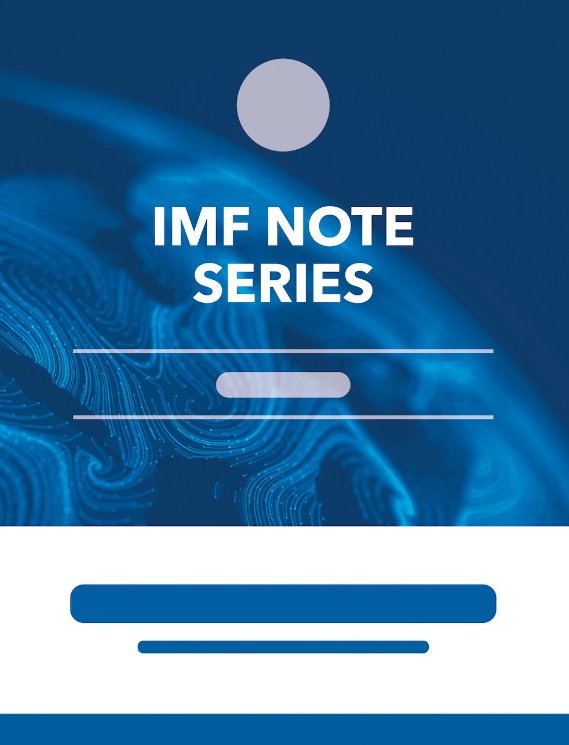Estimating the Implicit Inflation Target of the South African Reserve Bank
July 1, 2012
Disclaimer: This Working Paper should not be reported as representing the views of the IMF.The views expressed in this Working Paper are those of the author(s) and do not necessarily represent those of the IMF or IMF policy. Working Papers describe research in progress by the author(s) and are published to elicit comments and to further debate
Summary
This paper applies a state-space approach to estimate the implicit inflation target of the South African Reserve Bank (SARB) since the adoption of the Inflation Targeting (IT) framework. The paper's findings are two. First, although the official inflation target range is 3.6 percent, in practice, the SARB seems to have aimed for the upper segment of the band (41.2 .6 percent) for most of the period, despite the substantial variation of the output gap. Second, the estimation results show that the implicit inflation target varied over time, and in recent years it has shifted toward the upper limit of the inflation target range. This perhaps suggests that since the outbreak of the financial crisis in 2008, the SARB's tolerance for higher inflation has somewhat increased to better support economic activity.
Subject: Central bank policy rate, Financial services, Inflation, Inflation targeting, Monetary policy, Output gap, Prices, Production
Keywords: Africa, Central bank policy rate, computed output gap, Global, Inflation, inflation expectation, inflation target framework, inflation target range, Inflation targeting, Kalman filter, Monetary policy, Output gap, output gap stabilization, reaction function, real rate, state space models, Taylor rule, WP
Pages:
16
Volume:
2012
DOI:
Issue:
177
Series:
Working Paper No. 2012/177
Stock No:
WPIEA2012177
ISBN:
9781475505252
ISSN:
1018-5941






